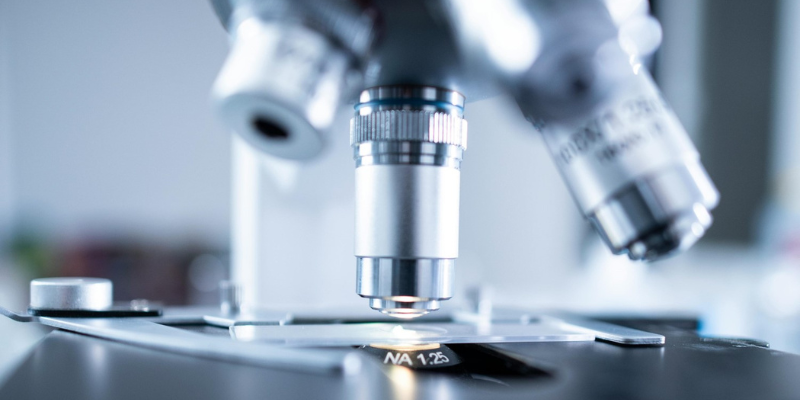
Nanometer Resolution and Single-Molecule Sensitivity – Super-Resolution Microscopy for Polymer Research
Jun.-Prof. Dr. Christian Franke, Friedrich Schiller University Jena, Germany
Fluorescence based super-resolution microscopy methods, such as single-molecule localization microscopy (SMLM), have emerged as the prime tool to investigate structure-function relationships of cellular organelles with three-dimensional nanometer resolution and single-molecule sensitivity. The unique nature of SMLM, i.e. pinpointing molecular identities, has allowed a huge array of discoveries in the life sciences. Besides the often prominently featured ‘pretty pictures’ with unmatched spatial resolution of down to 10 nm, SMLM offers the unique feature of analyzing the localization data itself, which is commonly applied to cluster analyses, thus probing spatial inhomogeneities in the target structure with distinct molecular identities based on their spectral fingerprint, including anisotropy.
Although the main field of application of SMLM and related super-resolution techniques lies in cell biology and connected clinical research, its unique features regarding the multi-colour, nanometric sampling of the target structure, topology and homogeneities in large fields of view and volumes yield huge potential in polymer research. For instance, we currently apply SMLM to study the nanoscale structure-function relationship of polymeric nanoparticles, utilized for drug delivery. Here, the goal is to correlate the properties of the polymeric particle to their intracellular fate, to yield a feedback loop to finally design nanoparticles of highest efficacy and lowest toxicity.
Recently, we also started to apply SMLM to more fundamental polymeric systems, e.g. the nanoscale architecture of polymeric hydrogels in different states of hydration. SMLM usually requires aqueous environments, due to the demanding requirements regarding the photo-physical properties of commonly used dyes. We thus established a novel approach, at the same time enabling SMLM in solid state polymeric, i.e. dry, environments, and utilizing these structures as novel reference structures for super-resolution microscopy. This opens up entirely new avenues for SMLM analyses of visualizing polymer matrices with nanometer resolution and changes therein in context of potential ligands or changing environmental conditions.
